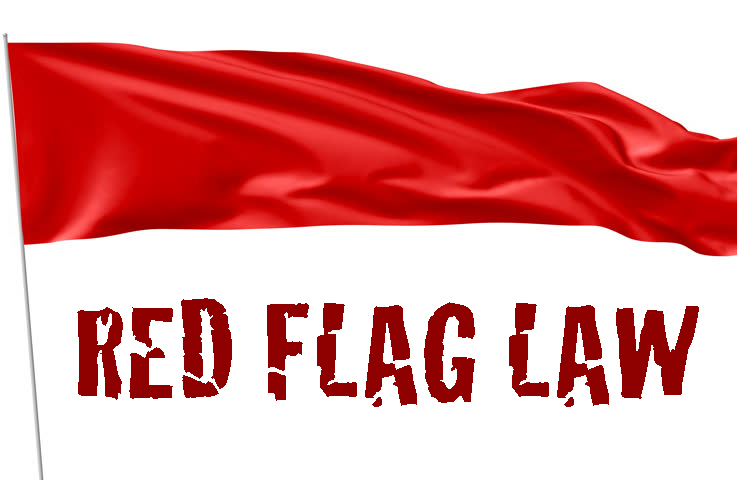Red Flag Law in Minnesota: An Attorney’s Perspective
I. Introduction to Red Flag Laws
A. Definition and Purpose
Red Flag Laws, formally known as Extreme Risk Protection Orders (ERPOs), are legislative measures designed to temporarily restrict an individual’s access to firearms when they pose a threat to themselves or others. The primary goal is to prevent potential acts of violence and protect public safety. Signed by Governor Walz.
B. Historical Context
The concept of Red Flag Laws emerged in response to the increasing incidence of mass shootings and firearm-related incidents in the United States. The first such law was enacted in Connecticut in 1999, and since then, several states have adopted similar measures.
C. Implementation Across States
As of 2023, over 15 states have implemented some form of Red Flag Law, each with unique provisions and criteria for issuance. These laws have gained traction as a tool to address potential threats and mitigate the risk of gun violence.
D. Significance for Minnesota
Minnesota, like many other states, Red Flag Attorneys in MN have recognized the need for preventive measures in the face of escalating gun violence incidents. The state’s Red Flag Law aims to strike a balance between public safety and individual rights, a perspective that requires careful legal analysis.
II. Understanding the Red Flag Law in Minnesota
A. Legislative Framework
Minnesota’s Red Flag Law is codified under. This statute outlines the legal procedures and criteria for obtaining a Red Flag Order. It is crucial for both legal professionals and the public to have a comprehensive understanding of this framework.
B. Criteria for Issuing a Red Flag Order
To obtain a Red Flag Order in Minnesota, specific criteria must be met. These may include documented evidence of a credible threat, prior incidents of violence, or indications of severe mental health issues. This section will delve into the legal requirements that must be satisfied.
C. Law Enforcement’s Role
Law enforcement agencies play a pivotal role in the execution of Red Flag Orders. Understanding their responsibilities and limitations in this context is crucial for ensuring a fair and effective implementation of the law.
D. Due Process Safeguards
In any legal process, safeguarding due process is paramount. This section will explore the measures in place to protect the rights of both the petitioner and the respondent, ensuring a balanced and just application of the Red Flag Law.
III. Benefits and Controversies Surrounding Red Flag Laws
A. Preventing Potential Harm
One of the key benefits of Red Flag Laws is their potential to prevent acts of violence before they occur. By temporarily restricting access to firearms for individuals deemed a threat, these laws provide a crucial intervention point, potentially saving lives.
B. Protection of Second Amendment Rights
However, it’s essential to acknowledge the concerns raised about the potential infringement on Second Amendment rights. Striking a balance between public safety and the right to bear arms is a complex legal challenge, one that requires careful consideration.
C. Mental Health Considerations
Red Flag Laws often intersect with mental health issues. This section will explore the challenges of accurately assessing an individual’s mental state and the implications for implementing Red Flag Orders in cases involving mental health concerns.
D. Potential for Abuse and Overreach
Critics of Red Flag Laws highlight the potential for abuse or overreach by those filing petitions. It’s imperative to examine safeguards against false or malicious claims and the mechanisms in place to prevent unjust outcomes.
IV. Cases and Precedents: Red Flag Law Applications in Minnesota
A. Notable Cases and Outcomes
Examining specific cases in which Red Flag Orders were issued can provide valuable insights into their effectiveness and the legal precedent they establish. This section will highlight notable cases in Minnesota and their outcomes.
B. Legal Interpretations and Challenges
Legal professionals are tasked with interpreting and applying Red Flag Laws in various scenarios. This section will explore common legal challenges, including questions of evidence, burden of proof, and constitutional considerations.
C. Impact on Public Safety
Analyzing the impact of Red Flag Laws on public safety is essential for evaluating their effectiveness. This section will delve into empirical data, case studies, and expert opinions to assess the law’s contribution to overall community safety.
V. The Role of Attorneys in Red Flag Cases
A. Advocacy for Petitioners
Attorneys play a crucial role in advocating for petitioners seeking a Red Flag Order. This section will outline the responsibilities of an attorney representing the party filing the petition and strategies for building a compelling case.
B. Defense for Respondents
Conversely, attorneys also play a vital role in defending respondents who may be subject to a Red Flag Order. This section will explore the legal arguments and strategies that can be employed to protect the rights of the respondent.
C. Navigating Due Process
Ensuring due process rights are upheld is a fundamental aspect of any legal proceeding. This section will provide practical guidance for attorneys on navigating the procedural aspects of Red Flag cases, from filing the petition to presenting evidence at the hearing.
D. Balancing Rights and Public Safety
Attorneys in Red Flag cases must grapple with the delicate balance between individual rights and public safety. This section will offer insights and strategies for addressing this complex ethical and legal dilemma.
VI. Navigating the Legal Process: A Step-by-Step Guide
A. Initiating a Red Flag Petition
This section will provide a detailed step-by-step guide for initiating a Red Flag petition in Minnesota. It will cover the necessary documentation, filing procedures, and key considerations for petitioners.
B. The Hearing Process
Once a Red Flag petition is filed, the case proceeds to a hearing. This section will walk through the various stages of the hearing, including the presentation of evidence, cross-examination, and the role of the presiding judge.
C. Potential Outcomes and Appeals
Understanding the potential outcomes of a Red Flag hearing is crucial for all parties involved. This section will outline the range of possible decisions a judge can make and the avenues available for appeal.
D. Long-Term Implications
Beyond the immediate impact of a Red Flag Order, there are long-term implications to consider. This section will explore the potential consequences for both the petitioner and the respondent, including the duration of the order and steps for its removal.
VII. Future of Red Flag Laws in Minnesota
A. Potential Amendments and Revisions
As with any legislation, Red Flag Laws may undergo amendments or revisions over time. This section will speculate on potential changes to the law and the implications for its application in Minnesota.
B. Public Opinion and Legislative Trends
Public opinion and legislative trends can significantly influence the trajectory of Red Flag Laws. This section will examine the current sentiment surrounding these laws in Minnesota and their potential evolution.
C. Lessons from Other States
Looking to the experiences of other states can provide valuable insights into the effectiveness and challenges of Red Flag Laws. This section will highlight lessons that can be learned from the implementation of similar laws elsewhere.
D. Implications for Legal Practice
The existence of Red Flag Laws has significant implications for legal practitioners in Minnesota. This section will discuss how attorneys may need to adapt their practice to navigate cases involving Red Flag Orders.
FAQs (Frequently Asked Questions)
Q1. Can a Red Flag Order be issued without prior notice to the respondent?
A1. In Minnesota, there are provisions for emergency ex parte orders, which can be issued without prior notice. However, a full hearing must be scheduled promptly thereafter to allow the respondent to present their case.
Q2. What rights do respondents have in a Red Flag hearing?
A2. Respondents have the right to legal representation, the right to present evidence, and the right to cross-examine witnesses. These rights are crucial for ensuring a fair and balanced process.
Q3. How long does a Red Flag Order typically last in Minnesota?
A3. The duration of a Red Flag Order can vary, but it is typically temporary, ranging from a few weeks to a few months. However, it can be extended if deemed necessary by the court.
Q4. Is there a process for appealing a Red Flag Order?
A4. Yes, respondents have the right to appeal a Red Flag Order. They can present their case before a higher court to seek a reversal or modification of the order.
Q5. Are there penalties for filing a false or malicious Red Flag petition?
A5. Yes, filing a false or malicious petition can have serious legal consequences. It’s essential to approach Red Flag cases with honesty and integrity to avoid legal repercussions.
































